Let’s face it: grocery bills are getting out of hand. With tariff threats looming, food prices could soar even higher. But don’t panic! You have the power to fight back—right in your backyard. Starting a vegetable garden isn’t just a hobby; it’s a money-saving superpower. Imagine plucking fresh tomatoes, crisp lettuce, and crunchy carrots steps from your kitchen. Not only will you save cash, but you’ll also enjoy healthier, tastier meals. Ready to dig in? Let’s get growing!
Why Tariffs Could Make Your Grocery Bill Explode
Tariffs on imported goods can send food prices through the roof. When countries impose trade taxes, the cost gets passed to you. Think about it: that avocado from Mexico or those bananas from Ecuador? They might soon cost double. Even locally grown produce could spike as demand increases. But here’s the good news: you don’t have to rely on the grocery store. By growing your own veggies, you take control of your food supply. Plus, you’ll avoid those pesky price hikes altogether.
Starting a garden might sound daunting, but it’s easier than you think. You don’t need a huge yard or fancy equipment. A small patch of soil, some seeds, and a little TLC are all you need. And the best part? You’ll save hundreds—or even thousands—of dollars a year. So, why not give it a try? Your wallet (and your taste buds) will thank you.
The Benefits of Growing Your Own Veggie Garden
Growing your own vegetables isn’t just about saving money—it’s about so much more. First, you’ll enjoy fresher, more nutritious produce. Store-bought veggies often travel long distances, losing flavor and nutrients along the way. But when you grow your own, you can harvest them at peak ripeness. The result? Juicier tomatoes, sweeter peppers, and crunchier cucumbers.
Second, gardening is a fantastic stress reliever. There’s something magical about getting your hands dirty and watching your plants grow. It’s a chance to unplug, connect with nature, and enjoy some quiet time. Plus, it’s a great way to get the whole family involved. Kids love planting seeds and watching them sprout. It’s a fun, educational activity that teaches them where food comes from.
Finally, gardening is eco-friendly. By growing your own food, you reduce your carbon footprint. No more plastic packaging or long-distance transportation. Just fresh, sustainable produce straight from your garden. It’s a win-win for you and the planet.
How to Start Your Money-Saving Vegetable Garden
Ready to roll up your sleeves and start planting? Here’s how to get started:
- Choose the Right Spot: Most veggies need at least 6 hours of sunlight daily. Pick a sunny spot in your yard or balcony.
- Start Small: Don’t overwhelm yourself. Begin with a few easy-to-grow crops like lettuce, tomatoes, and herbs.
- Prep the Soil: Healthy soil equals healthy plants. Add compost or organic matter to enrich your soil.
- Water Wisely: Veggies need consistent moisture. Water deeply but avoid overwatering to prevent root rot.
- Protect Your Plants: Keep pests at bay with natural remedies like neem oil or companion planting.
Remember, gardening is a learning process. Don’t be afraid to make mistakes. Every gardener has a few failed crops along the way. The key is to keep trying and have fun with it.
Top Veggies to Grow for Maximum Savings
Not all vegetables are created equal when it comes to saving money. Some are expensive at the store but cheap and easy to grow at home. Here are a few budget-friendly options:
- Tomatoes: A single plant can yield 10-15 pounds of tomatoes. Compare that to 3−3−4 per pound at the store!
- Leafy Greens: Lettuce, spinach, and kale grow quickly and can be harvested multiple times.
- Herbs: Fresh herbs like basil, cilantro, and parsley cost a fortune at the store but are a breeze to grow.
- Zucchini: One plant can produce enough zucchini to feed a small army.
- Bell Peppers: These colorful veggies are pricey at the store but thrive in home gardens.
By focusing on these high-yield, high-cost crops, you’ll maximize your savings and enjoy a bountiful harvest.
Tips for Stretching Your Garden Savings Even Further
Want to make the most of your garden? Here are some pro tips:
- Preserve Your Harvest: Can, freeze, or dry excess produce to enjoy it year-round.
- Save Seeds: Collect seeds from your best plants to grow next year’s garden for free.
- Compost Kitchen Scraps: Turn food waste into nutrient-rich compost for your garden.
- Swap with Neighbors: Trade extra produce with friends or neighbors for variety.
- Grow Perennials: Plants like asparagus and rhubarb come back year after year, saving you time and money.
With a little planning, your garden can provide fresh produce all year long. And the savings? They’ll keep growing season after season.
The Joy of Eating What You Grow
There’s nothing quite like the taste of a homegrown tomato or a freshly picked cucumber. When you grow your own food, every meal becomes a celebration. You’ll savor the flavors, knowing you nurtured those plants from seed to table. Plus, you’ll feel a sense of pride and accomplishment.
And let’s not forget the health benefits. Homegrown veggies are free from harmful pesticides and chemicals. You control what goes into your food, ensuring it’s as healthy as possible. It’s a simple way to boost your nutrition and well-being.
Overcoming Common Gardening Challenges
Let’s be real—gardening isn’t always sunshine and rainbows. You might face a few challenges along the way, but don’t let that discourage you. Every gardener, from beginners to experts, encounters hurdles. The key is to tackle them head-on and learn as you go.
Pests Bugging You?
Aphids, slugs, and caterpillars can wreak havoc on your plants. But before you reach for chemical pesticides, try natural solutions. Introduce beneficial insects like ladybugs, use neem oil, or plant marigolds to deter pests. You can also handpick larger critters like caterpillars—it’s oddly satisfying!
Dealing with Weeds?
Weeds are the ultimate garden party crashers. To keep them at bay, mulch your garden beds with straw, wood chips, or even cardboard. Mulch blocks sunlight, preventing weeds from sprouting. Plus, it helps retain soil moisture, so you’ll water less often.
Struggling with Poor Soil?
Not everyone has perfect, loamy soil. If your soil is too sandy, too clay-like, or just plain tired, don’t worry. Amend it with compost, aged manure, or organic matter. Over time, your soil will become richer and more fertile. You can also try raised beds or container gardening if your soil is beyond repair.
Weather Woes?
Mother Nature can be unpredictable. Too much rain, drought, or unexpected frost can stress your plants. Protect them with row covers, cloches, or even old bedsheets during cold snaps. For drought-prone areas, invest in a drip irrigation system to conserve water and keep your plants hydrated.
Remember, gardening is a journey. Each challenge is an opportunity to learn and grow—literally!
How to Make Gardening Fit Your Busy Lifestyle
Think you’re too busy to garden? Think again! Even with a packed schedule, you can grow your own veggies. Here’s how:
Start Small
You don’t need a sprawling garden to make an impact. A few pots on your balcony or a small raised bed in your yard can yield plenty of produce. Focus on high-value crops like herbs, cherry tomatoes, and salad greens.
Use Time-Saving Tools
Invest in tools that make gardening easier. A soaker hose or drip irrigation system saves time watering. A good-quality hoe or weeding tool can make quick work of pesky weeds. And don’t forget a sturdy pair of gloves to protect your hands!
Set a Routine
Spend just 10-15 minutes a day tending to your garden. Check for pests, water if needed, and harvest ripe produce. By breaking tasks into small chunks, you’ll keep your garden thriving without feeling overwhelmed.
Grow Low-Maintenance Plants
Some veggies practically grow themselves. Zucchini, green beans, and radishes are hardy and require minimal care. Herbs like rosemary and thyme are drought-tolerant and thrive on neglect. Choose plants that suit your lifestyle and climate.
Gardening doesn’t have to be time-consuming. With a little planning, you can enjoy fresh, homegrown veggies without sacrificing your busy schedule.
The Environmental Impact of Growing Your Own Food
Did you know your veggie garden is doing more than just saving you money? It’s also helping the planet. Here’s how:
Reducing Food Miles
Store-bought produce often travels thousands of miles to reach your plate. This transportation contributes to greenhouse gas emissions. But when you grow your own food, you eliminate those food miles entirely. Your veggies go straight from the garden to your kitchen—no trucks, planes, or ships required.
Cutting Down on Packaging
Pre-packaged produce often comes wrapped in plastic, which ends up in landfills or oceans. By growing your own, you skip the packaging altogether. Just grab a basket and head to your garden for a plastic-free harvest.
Promoting Biodiversity
Industrial farming often relies on monocultures, which deplete soil and harm ecosystems. In your garden, you can grow a variety of plants, attracting pollinators like bees and butterflies. You’re creating a mini-habitat that supports local wildlife.
Conserving Water
Large-scale agriculture uses massive amounts of water, often inefficiently. In your garden, you can water wisely, using techniques like drip irrigation or rainwater harvesting. Every drop counts!
By growing your own food, you’re not just saving money—you’re making a positive impact on the environment. It’s a small step that adds up to big change.
Inspiring Stories: Real People, Real Savings
Still on the fence about starting a garden? Let these real-life stories inspire you:
Sarah’s Salad Savings
Sarah, a busy mom of two, started growing lettuce and spinach in her backyard. In just one season, she saved over $200 on salad greens. Plus, her kids loved helping in the garden and eating what they grew.
Mike’s Tomato Triumph
Mike planted six tomato plants in his small urban yard. By the end of summer, he had harvested over 100 pounds of tomatoes. He used the extras to make sauces and salsas, saving even more money.
Linda’s Herb Haven
Linda grew herbs like basil, cilantro, and mint in pots on her apartment balcony. She saved 10−10−15 a week on store-bought herbs and enjoyed the freshest flavors in her cooking.
These stories show that anyone can grow their own food, no matter their space or experience level. And the savings? They’re real and substantial.
Your Garden, Your Way
One of the best things about gardening is that there’s no one-size-fits-all approach. Your garden can be as unique as you are. Whether you have a sprawling backyard, a tiny balcony, or just a sunny windowsill, you can grow something.
Container Gardening
No yard? No problem! Use pots, buckets, or even old tires to grow veggies. Tomatoes, peppers, and herbs thrive in containers.
Vertical Gardening
Short on space? Go vertical! Use trellises, hanging baskets, or wall planters to grow upward. Cucumbers, beans, and peas love to climb.
Indoor Gardening
Don’t let winter stop you. Grow herbs, microgreens, or even dwarf tomatoes indoors under grow lights.
Your garden is a reflection of your creativity and resourcefulness. So, get creative and make it your own!
The Long-Term Benefits of Gardening
Gardening isn’t just a short-term solution to rising food prices—it’s an investment in your future. Here’s why:
Building Self-Sufficiency
When you grow your own food, you rely less on external sources. This self-sufficiency is empowering, especially in uncertain times.
Creating a Legacy
Gardening is a skill you can pass down to future generations. Imagine teaching your kids or grandkids how to plant seeds and nurture plants. It’s a gift that keeps on giving.
Improving Your Health
Gardening is a form of exercise that gets you moving and reduces stress. Plus, eating fresh, homegrown produce boosts your nutrition and overall health.
Saving Money Year After Year
Once you’ve set up your garden, the ongoing costs are minimal. Seeds, compost, and water are all you need to keep it going. Over time, the savings add up, making your garden a smart financial move.
Final Call to Action: Start Your Garden Today
The clock is ticking—food prices are rising, and tariff threats loom. But you have the power to take control. Starting a vegetable garden is one of the smartest, most rewarding decisions you can make.
So, what’s stopping you? Grab a shovel, pick up some seeds, and get started. Whether you’re a seasoned gardener or a complete beginner, there’s no better time to grow your own food.
Your garden will save you money, improve your health, and bring you joy. Plus, you’ll be doing your part to protect the planet. It’s a win-win-win!
So, roll up your sleeves, dig in, and let’s grow something amazing together.
Happy Gardening!

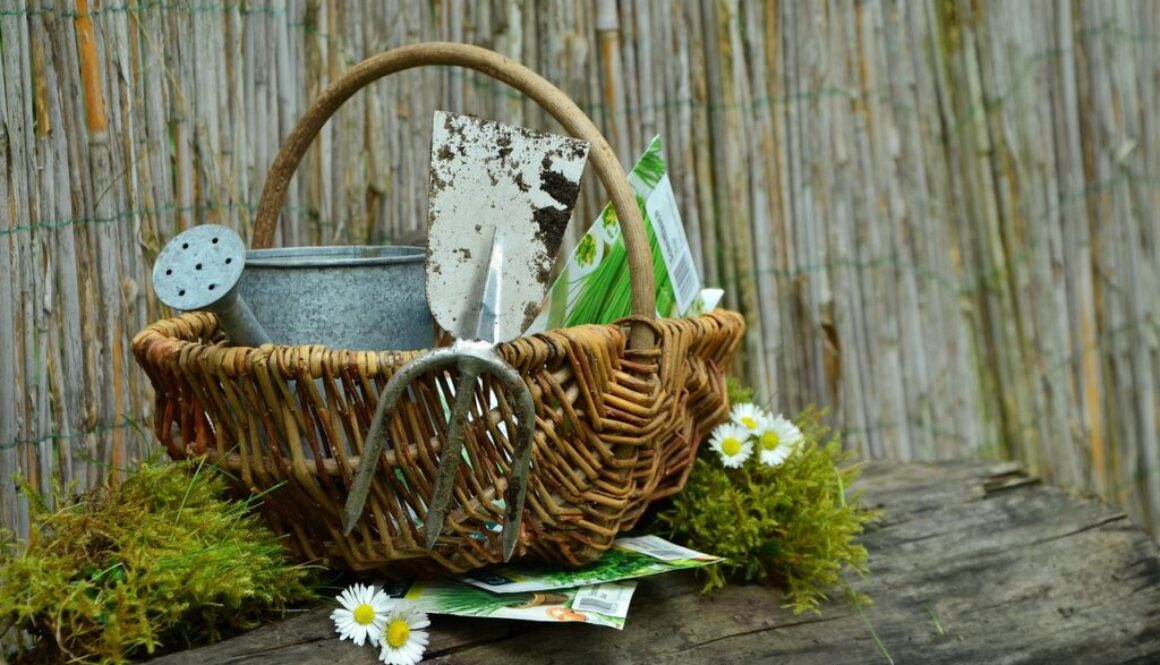

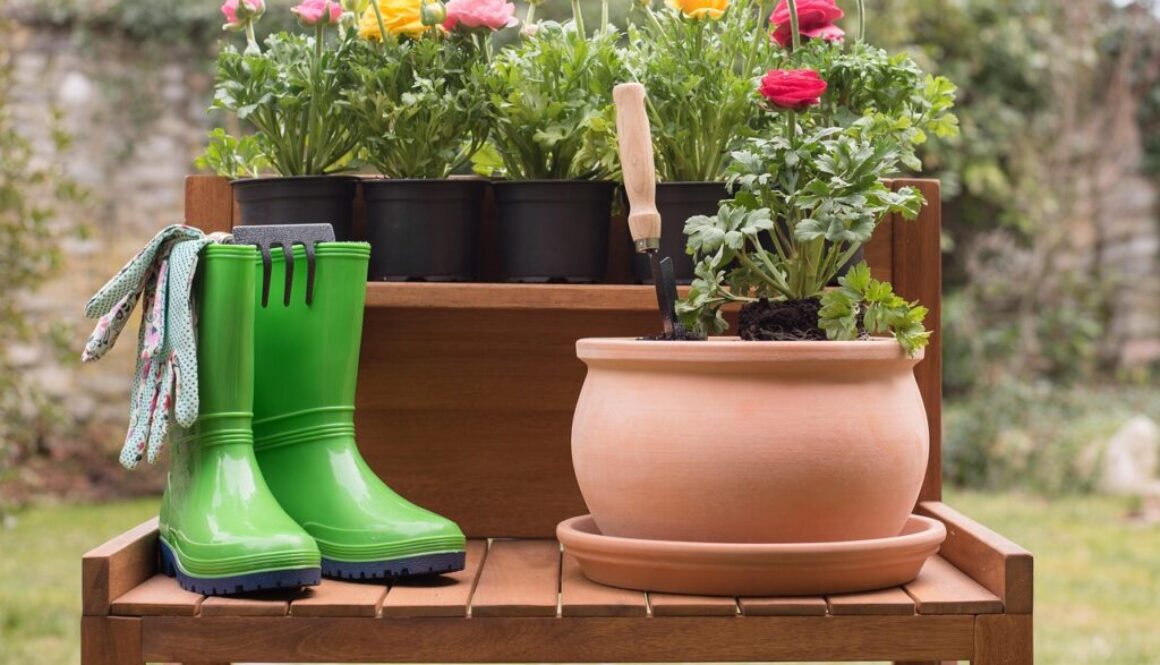


 5. Feed & Hydrate Your Plants
5. Feed & Hydrate Your Plants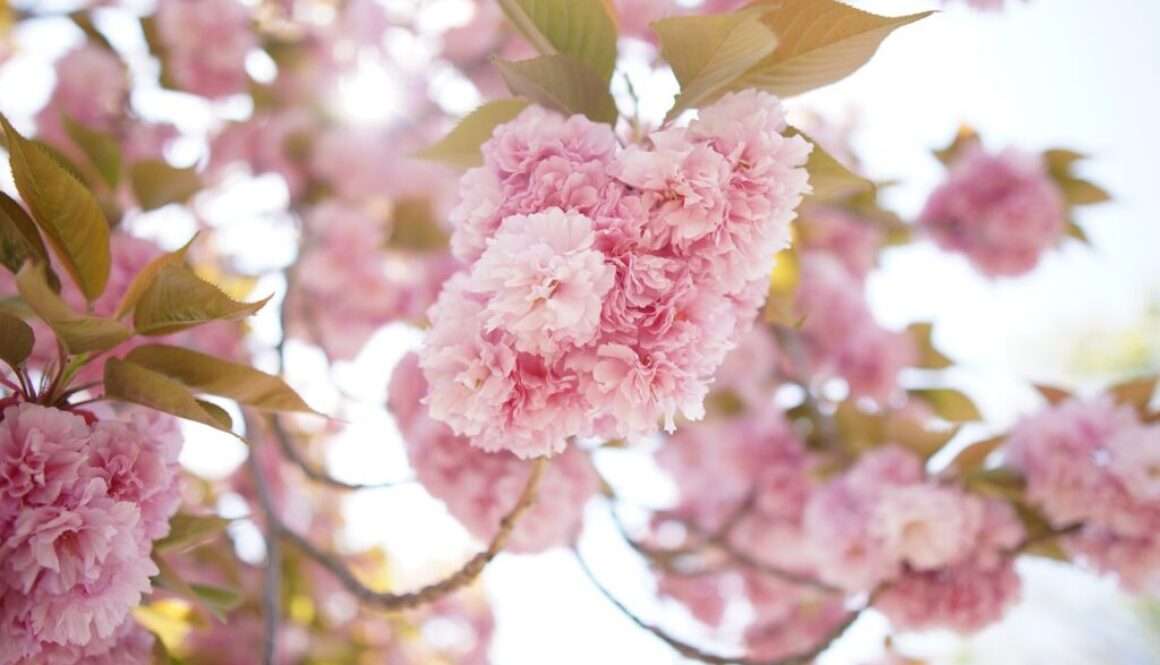

 Caring for Your Early Blooms
Caring for Your Early Blooms Troubleshooting Common Spring Planting Problems
Troubleshooting Common Spring Planting Problems Extending the Bloom Season
Extending the Bloom Season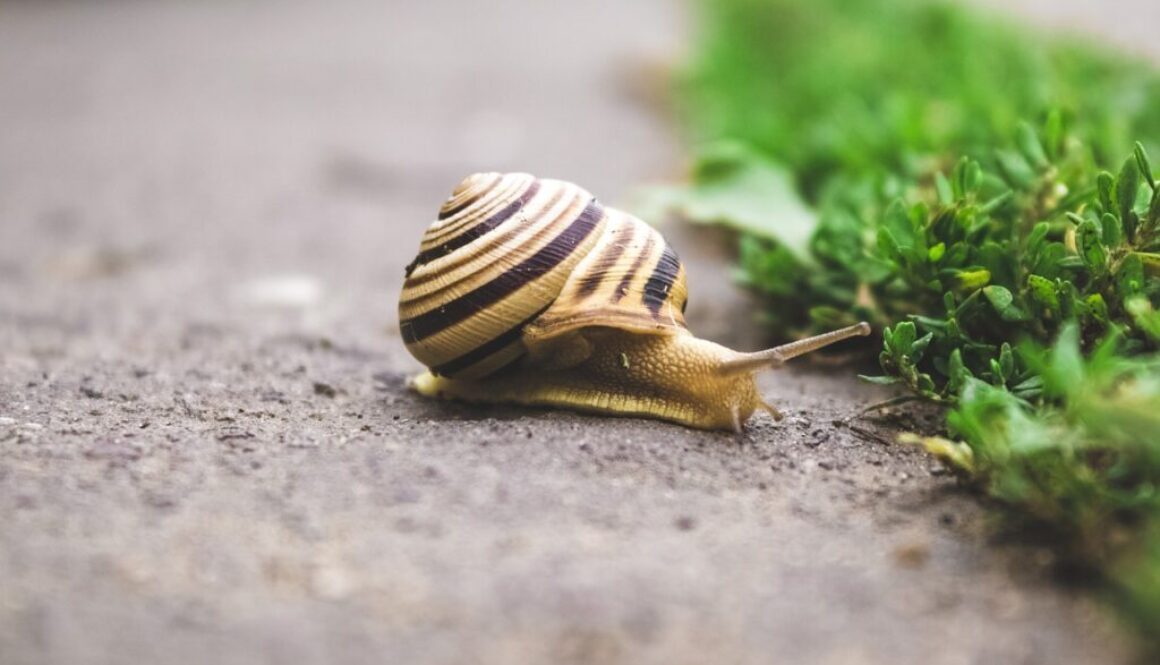

 Top Rose Varieties That Keep Mosquitoes Away
Top Rose Varieties That Keep Mosquitoes Away
 The Benefits of Choosing Natural Mosquito Repellents
The Benefits of Choosing Natural Mosquito Repellents Designing a Mosquito-Repellent Rose Garden
Designing a Mosquito-Repellent Rose Garden Caring for Your Mosquito-Repellent Roses
Caring for Your Mosquito-Repellent Roses Fun DIY Projects with Mosquito-Repellent Roses
Fun DIY Projects with Mosquito-Repellent Roses Final Thoughts: Roses That Do More Than Just Look Pretty
Final Thoughts: Roses That Do More Than Just Look Pretty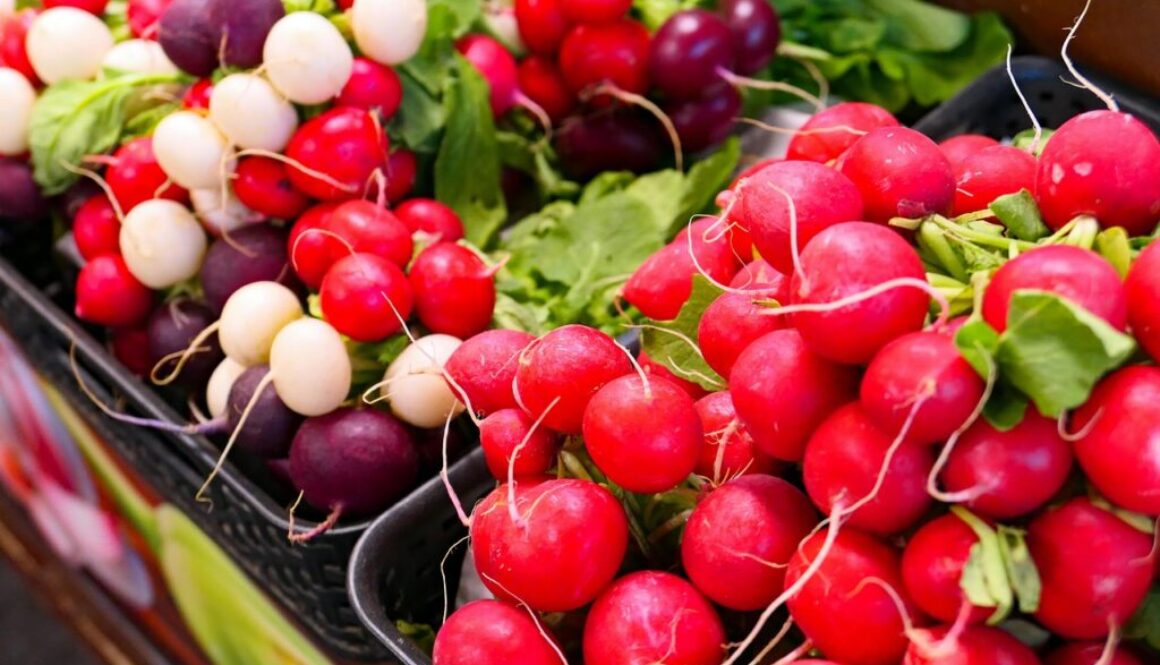


 4. Green Onions: The Ultimate Garnish
4. Green Onions: The Ultimate Garnish 5. Baby Carrots: Sweet and Crunchy
5. Baby Carrots: Sweet and Crunchy 6. Lettuce: Crisp and Refreshing
6. Lettuce: Crisp and Refreshing 7. Mustard Greens: Spicy and Flavorful
7. Mustard Greens: Spicy and Flavorful 8. Kale: The Superfood Star
8. Kale: The Superfood Star 10. Cress: Tiny but Mighty
10. Cress: Tiny but Mighty 11. Turnips: Dual-Purpose Delight
11. Turnips: Dual-Purpose Delight 12. Beets: Sweet and Earthy
12. Beets: Sweet and Earthy 13. Swiss Chard: Colorful and Versatile
13. Swiss Chard: Colorful and Versatile 14. Peas: Sweet and Satisfying
14. Peas: Sweet and Satisfying 15. Mizuna: Japanese-Inspired Greens
15. Mizuna: Japanese-Inspired Greens 16. Tatsoi: Asian-Inspired Greens
16. Tatsoi: Asian-Inspired Greens 18. Broccoli Rabe: Bold and Bitter
18. Broccoli Rabe: Bold and Bitter 19. Endive: Slightly Bitter and Crisp
19. Endive: Slightly Bitter and Crisp Final Thoughts: Fast, Fresh, and Fun!
Final Thoughts: Fast, Fresh, and Fun!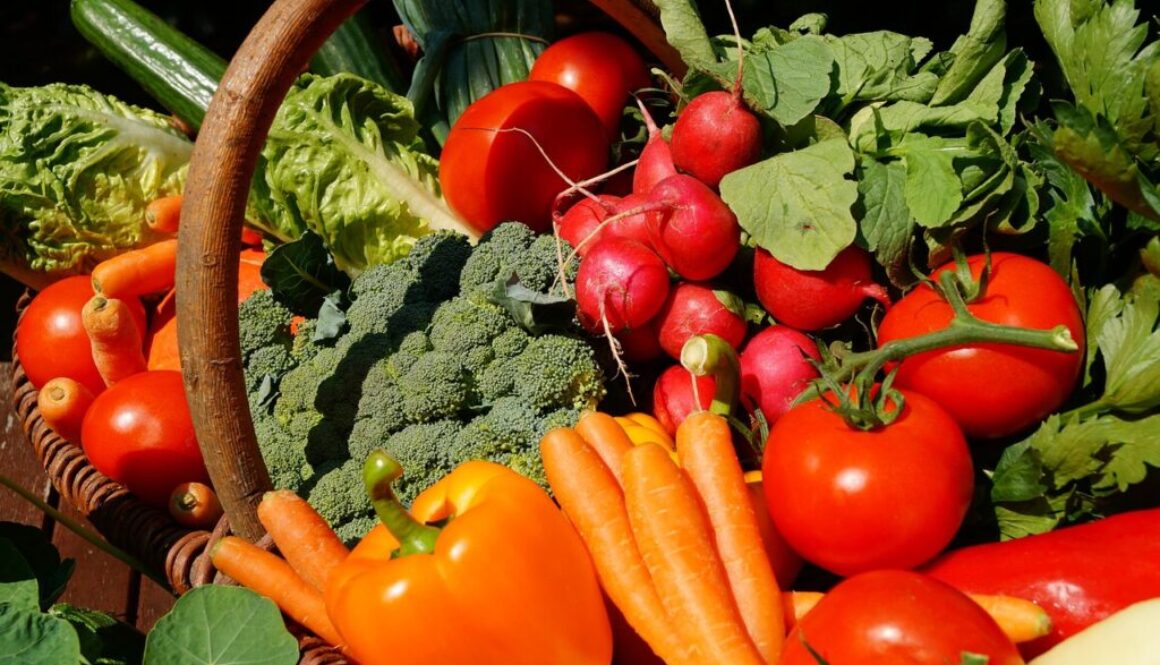


 6. Add Personal Touches: Make It Your Own
6. Add Personal Touches: Make It Your Own 9. Create Focal Points: Draw the Eye and Tell a Story
9. Create Focal Points: Draw the Eye and Tell a Story 12. Use Containers for Flexibility and Flair
12. Use Containers for Flexibility and Flair 15. Keep Learning and Evolving: The Gardener’s Journey
15. Keep Learning and Evolving: The Gardener’s Journey